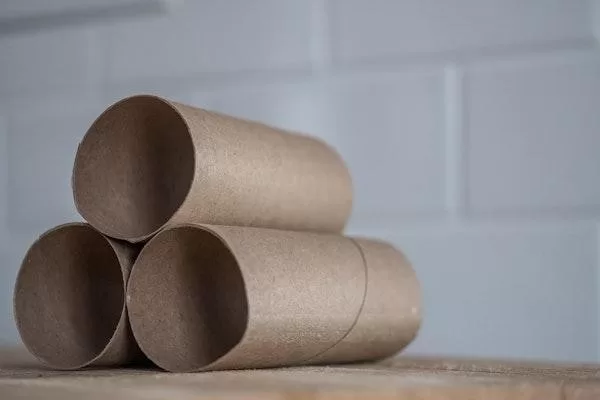Bidets and toilet paper are two commonly used bathroom fixtures for personal hygiene.
While toilet paper has been the go-to option for many years, bidets have recently gained popularity.

Both options have pros and cons, and choosing the better option depends on individual preferences and needs.
This article will compare bidets and toilet paper, exploring their benefits, drawbacks, and environmental impact.
Bidets are bathroom fixtures designed to enhance personal hygiene by providing a different cleansing approach than traditional toilet paper. Here are some benefits of using many bidets:
Bidets use water to clean, offering a more thorough and effective cleansing than toilet paper.
The water stream from a bidet can be soothing, especially for individuals with sensitive skin or certain medical conditions.
Bidets can help minimize skin irritation and discomfort from wiping with toilet paper.
Bidets reduce paper waste and contribute to sustainability efforts.
While bidets require water, they use significantly less water than toilet paper production.
Bidets can help eliminate odor-causing bacteria more effectively than toilet paper.
Bidets offer adjustable water pressure and temperature settings for personalized comfort.
Bidets provide a more convenient and efficient cleaning option for individuals with mobility challenges.
Although bidets may have an initial cost for installation, they can save money over time by reducing the need for toilet paper purchases.
Instead of relying solely on paper-based wiping, bidets utilize water to clean the anal and genital areas.
Toilet paper is a widely recognized and commonly used product for maintaining personal hygiene.
Read Also :
It is a lightweight, portable solution that has been relied upon for generations. Here are some benefits of using toilet paper:
Toilet paper is widely available and easy to use.
Many people are accustomed to using toilet paper and find it comfortable and convenient.
Cost-effective: Toilet paper is generally less expensive than bidets and requires no installation or additional maintenance.
Toilet paper can be easily carried and used while traveling or in public restrooms.
Toilet paper can be used in areas with limited water availability.
Toilet paper is disposable and can be flushed down the toilet, minimizing waste management concerns.
Toilet paper has different textures, thicknesses, and scents to cater to personal preferences.
Using toilet paper is often faster than using a bidet.
Toilet paper may be recommended for individuals with specific medical conditions, as healthcare professionals advise.
With its wide availability and ease of use, toilet paper offers convenience and familiarity to individuals worldwide.
When considering the environmental impact of personal hygiene choices, bidets, and toilet paper have their respective implications.
It is essential to assess the environmental factors associated with each option to make an informed decision.
By understanding environmental considerations, individuals can make choices that align with sustainable practices and help reduce their carbon footprint.
Here are some of the environmental considerations for bidets vs. toilet paper.
Bidets require water to function, impacting water consumption. However, bidets use significantly less water than toilet paper production.
Toilet paper production involves cutting down trees and contributes to deforestation. Bidets, on the other hand, can reduce paper waste and promote sustainability.
Toilet paper manufacturing and transportation contribute to greenhouse gas emissions. Bidets can help minimize carbon emissions associated with toilet paper production.
Choosing between bidets and toilet paper depends on personal preferences, hygiene needs, and environmental considerations.
While bidets offer improved hygiene and reduced irritation, toilet paper is convenient and cost-effective. Additionally, bidets promote sustainability by reducing paper waste and water usage.
Ultimately, it is essential to consider individual comfort, environmental impact, and any specific health requirements when making a decision.